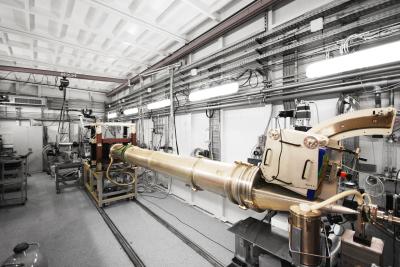BM26B
SAXS/WAXS
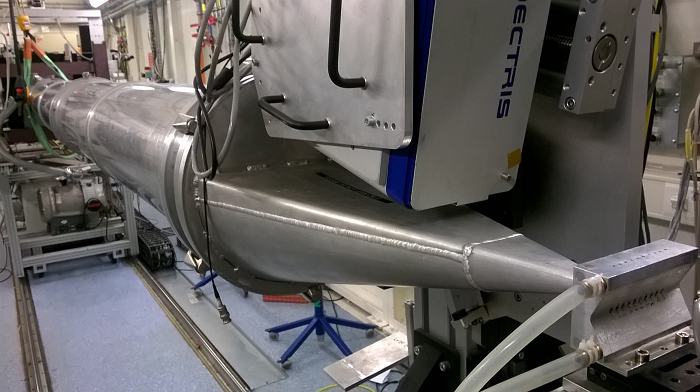
GISAXS
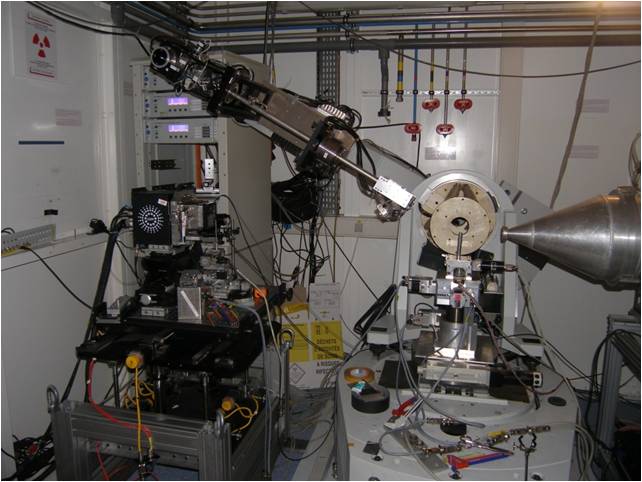
SAXS/WAXS setup in 2011
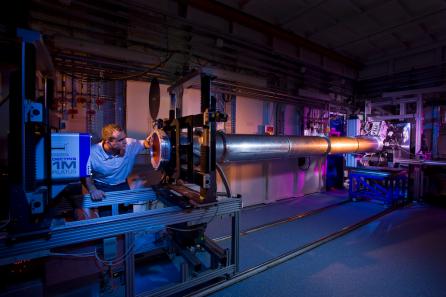 |
|
| Photo: Daniel Michon ARTECHNIQUE | |
SAXS/WAXS Station
Focus on the sample position
The SAXS cone has been reshaped to optimise the WAXS detector position.
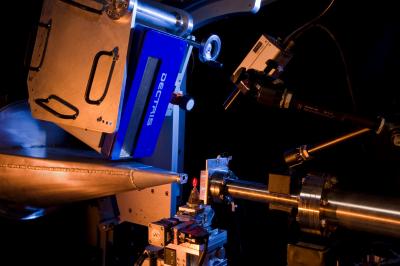 |
|
| Photo: Daniel Michon ARTECHNIQUE | |
The 30 Tesla pulsed magnet
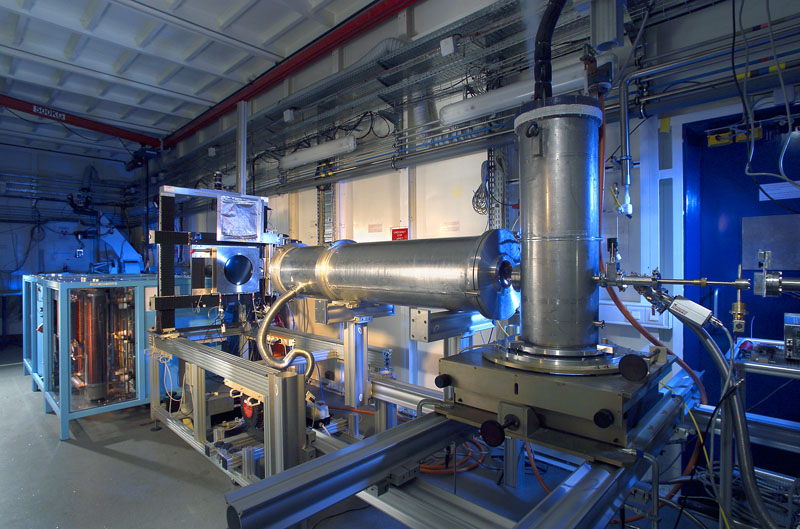 |
|
| Photo: Daniel Michon ARTECHNIQUE | |
Preparing sample for data acquisition
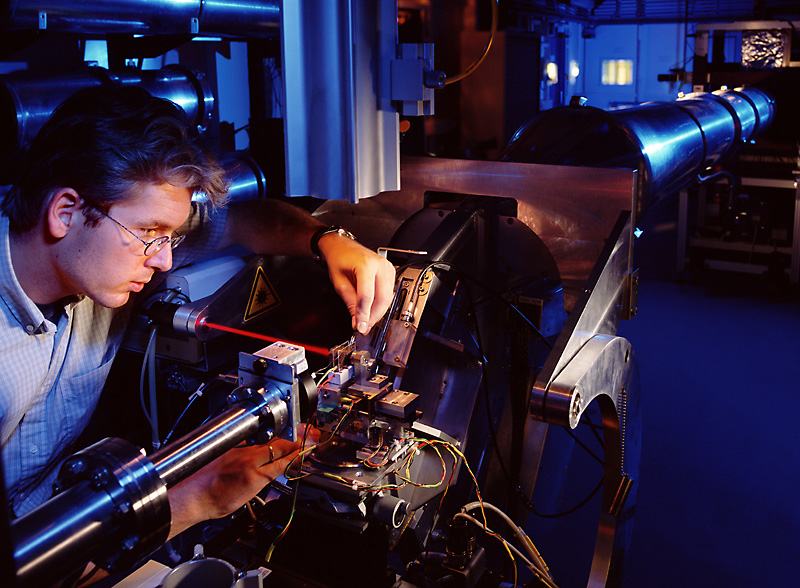 |
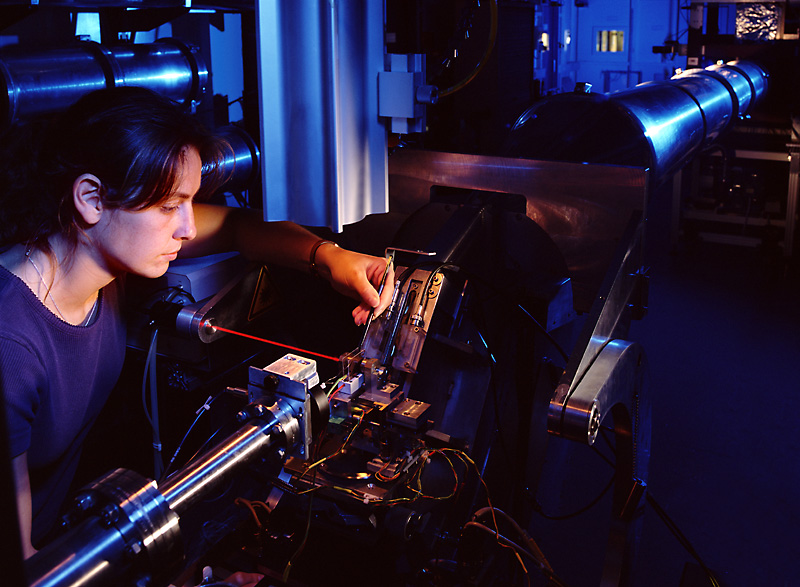 |
| Photo: Daniel Michon ARTECHNIQUE | |
The Kirkpatrick-Baez minifocusing system
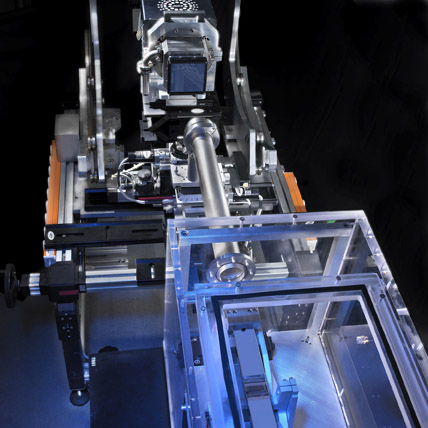 |
 |
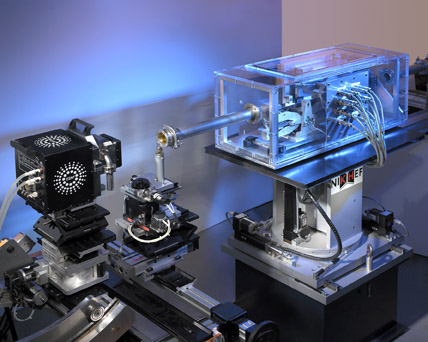 |
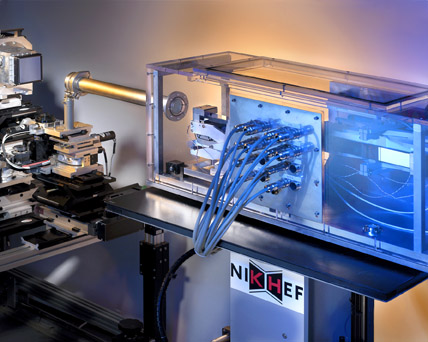 |
| Photos: Daniel Michon ARTECHNIQUE | |
Rapid switching between setups

SAXS experiment in 2000
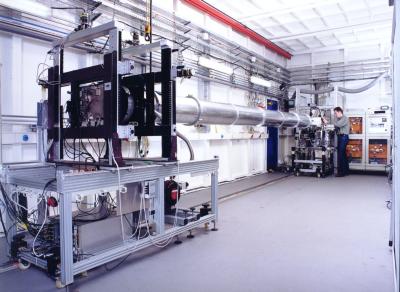 |
Archives
The first improvised SAXS experiment on BM26B
 |
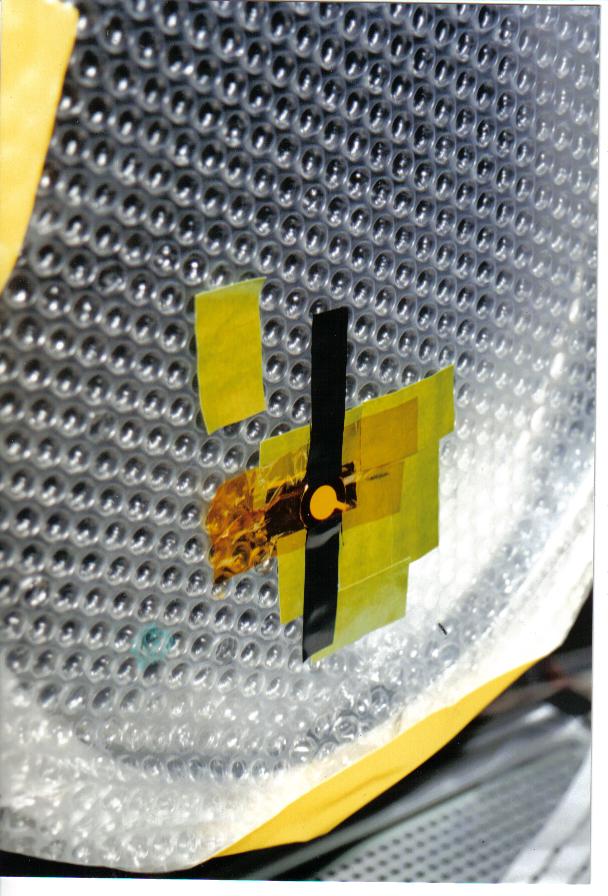 |
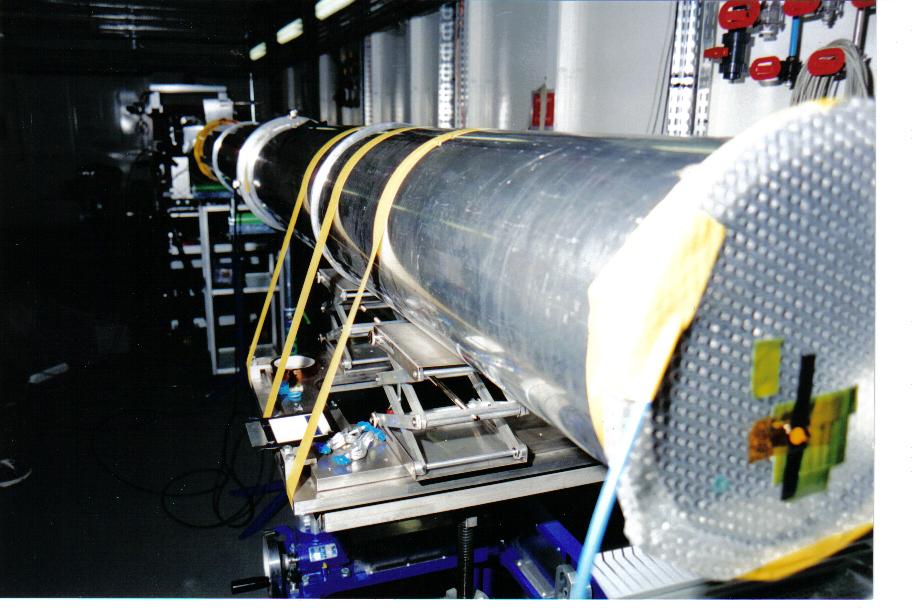 |
|
SAXS Kossel lines due to Ge single crystals
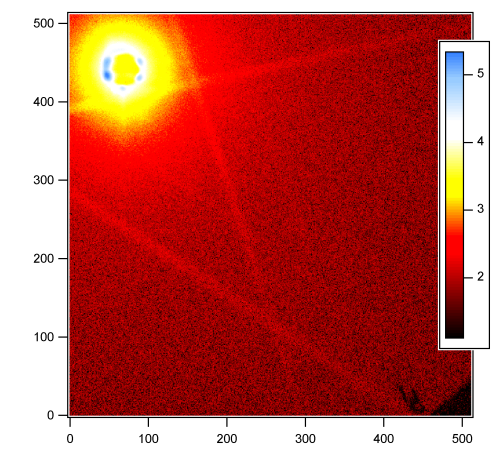 |
 |
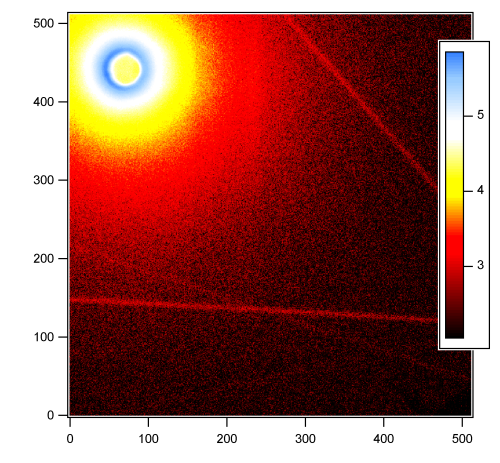 |
Microradian diffraction (Lekkerkerker group, Utrecht)
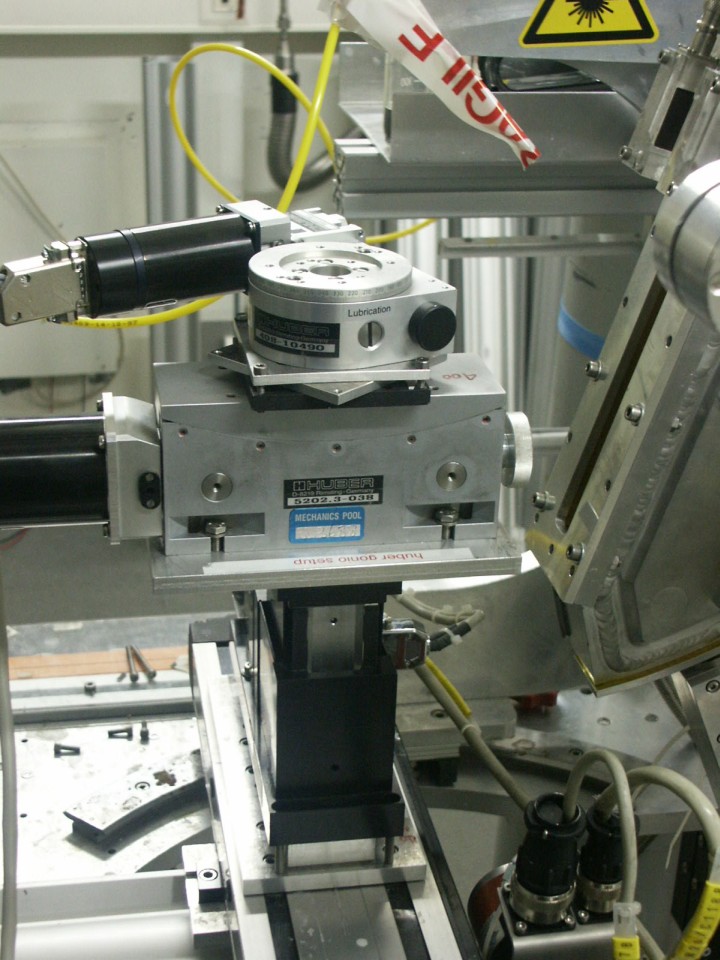 |
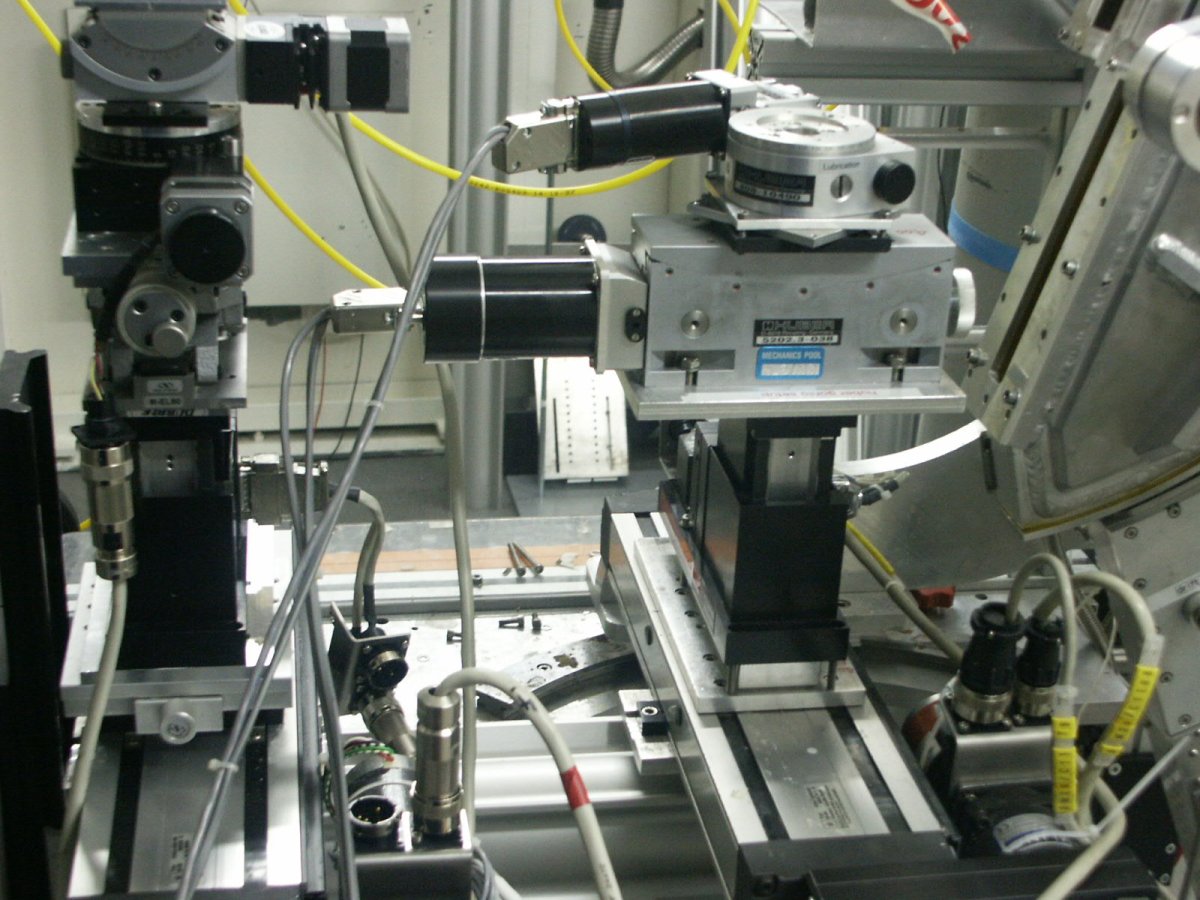 |
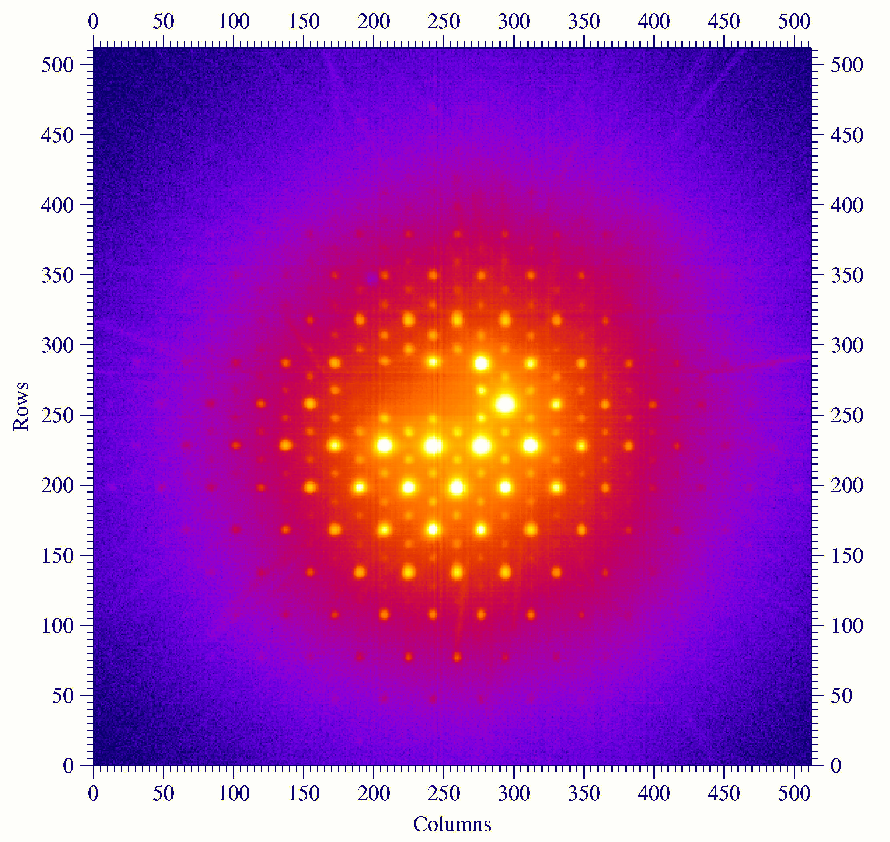 |
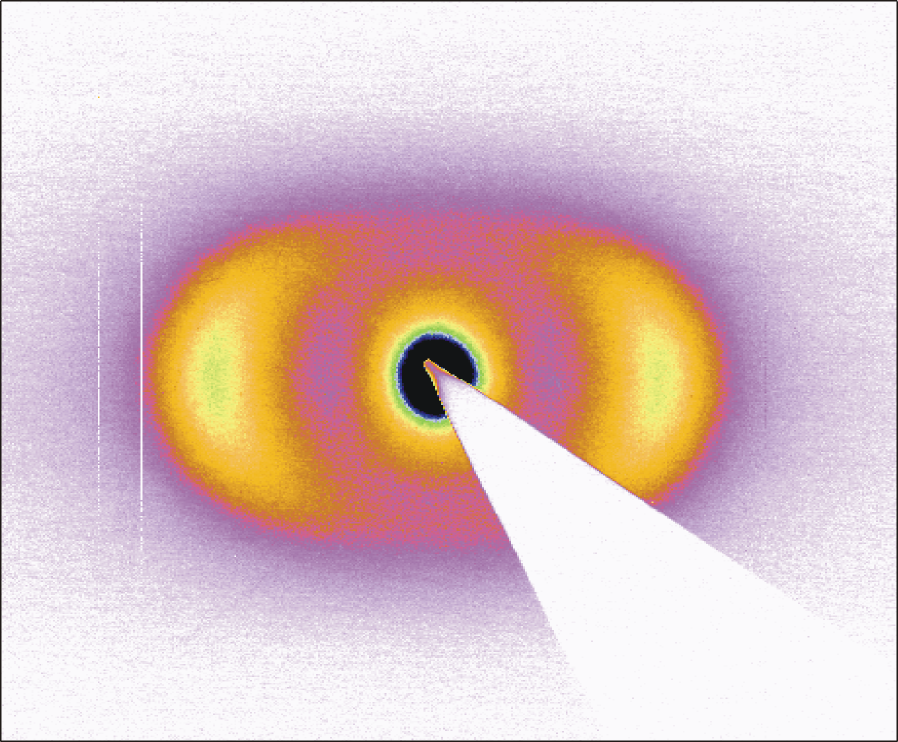 |
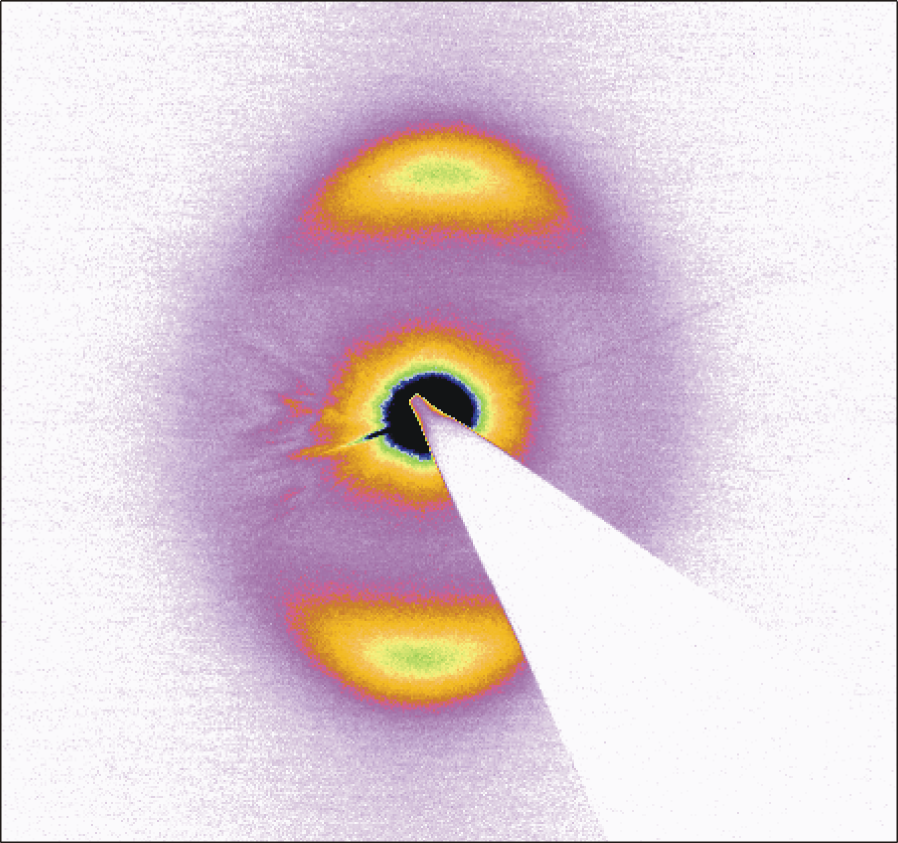 |
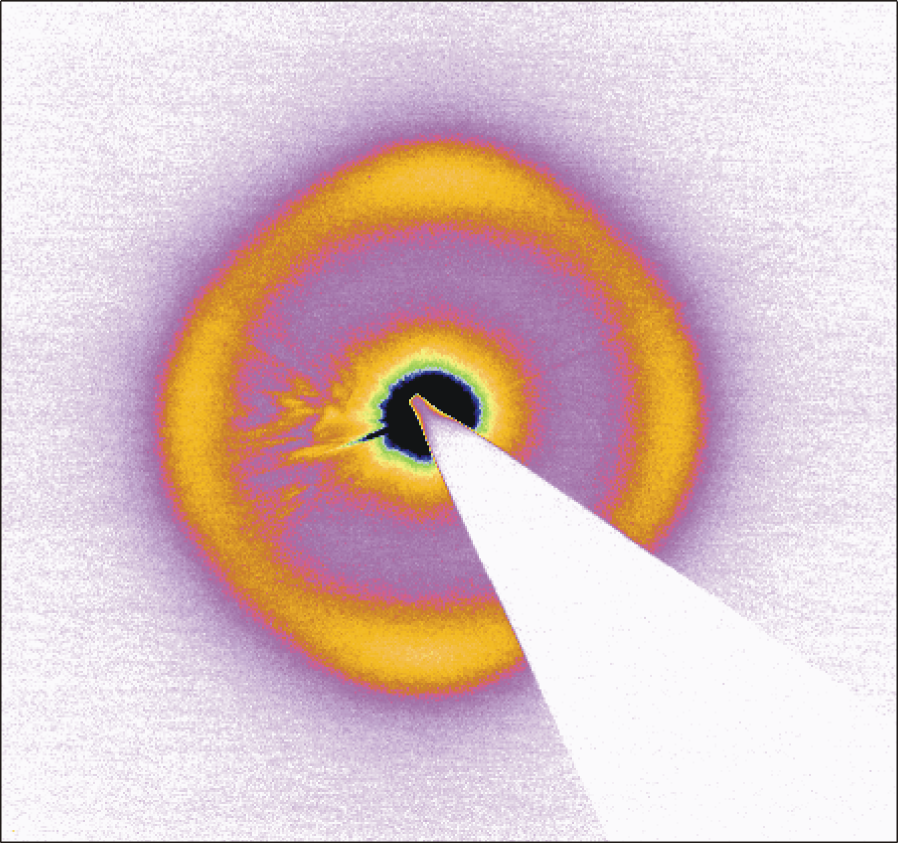 |
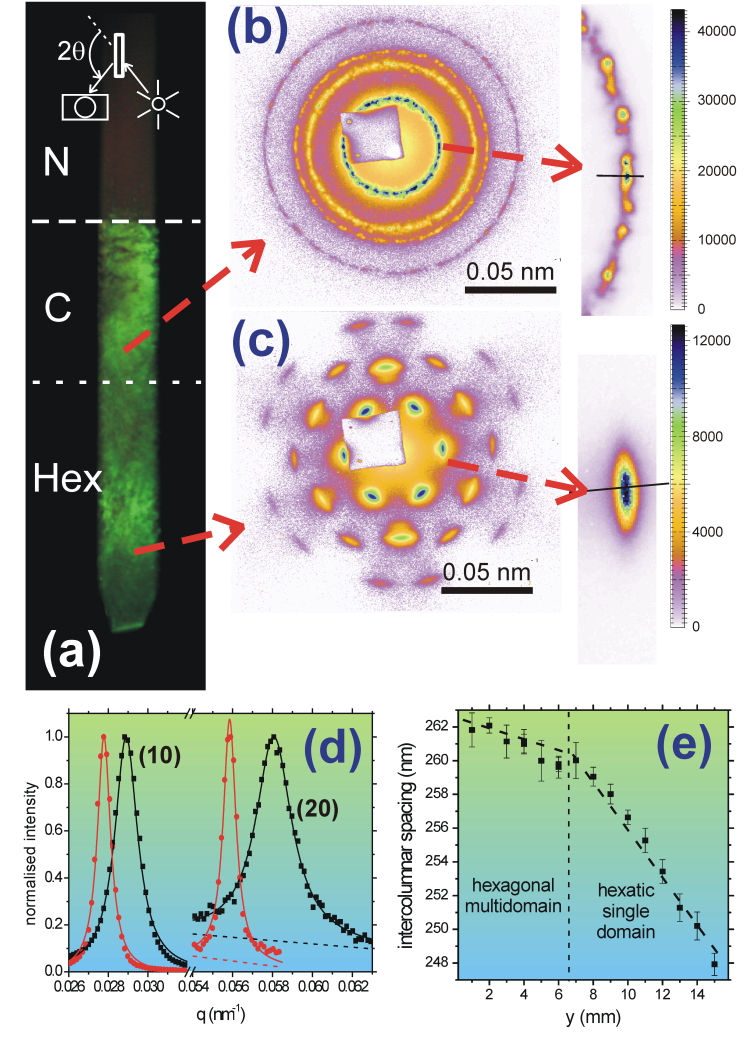 |
||
Sample stages SAXS
| A Multipass Rheometer from Eindhoven University installed on BM26B | The Eindhoven crew operating the Multipass Rheometer with utmost concentration |
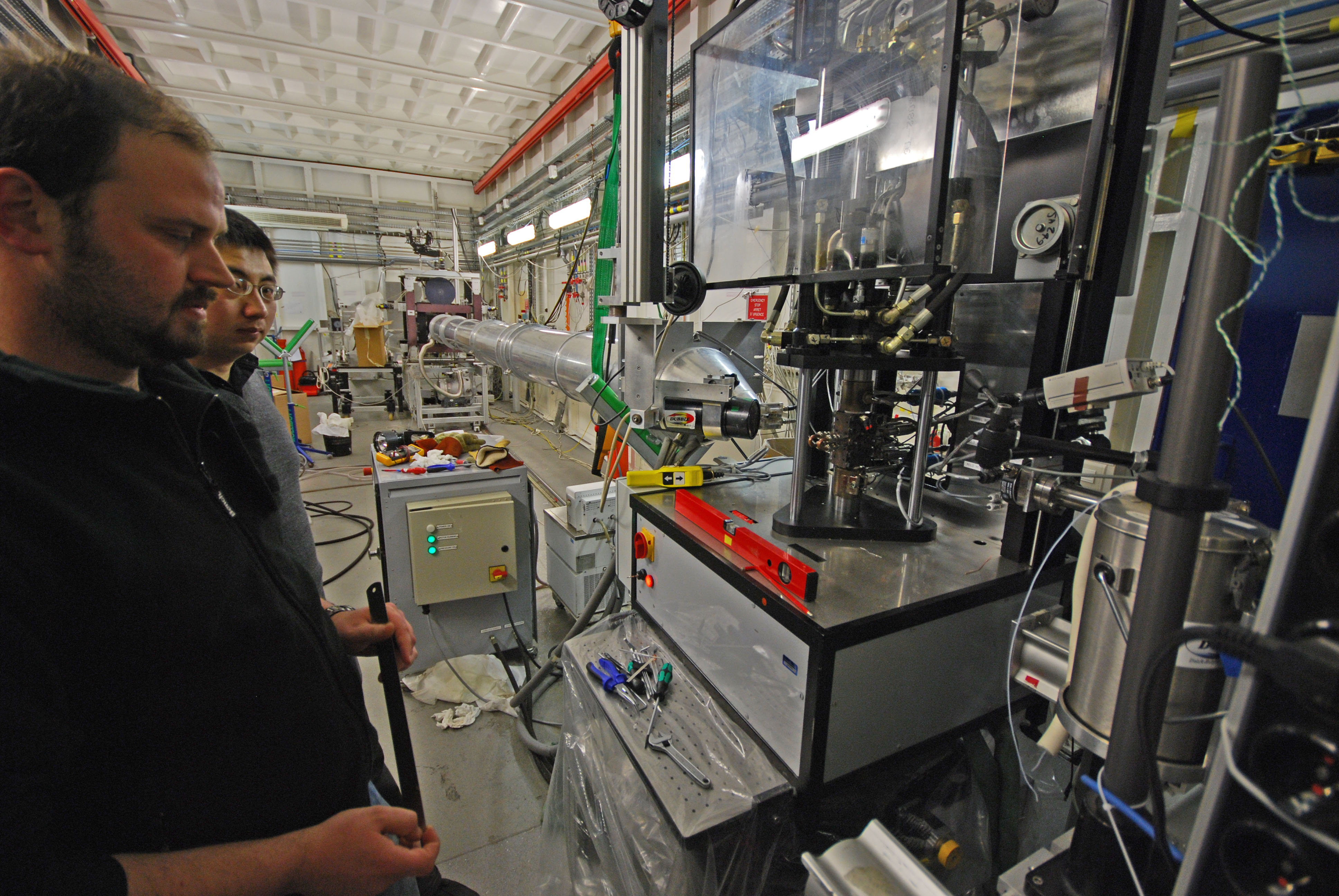 |
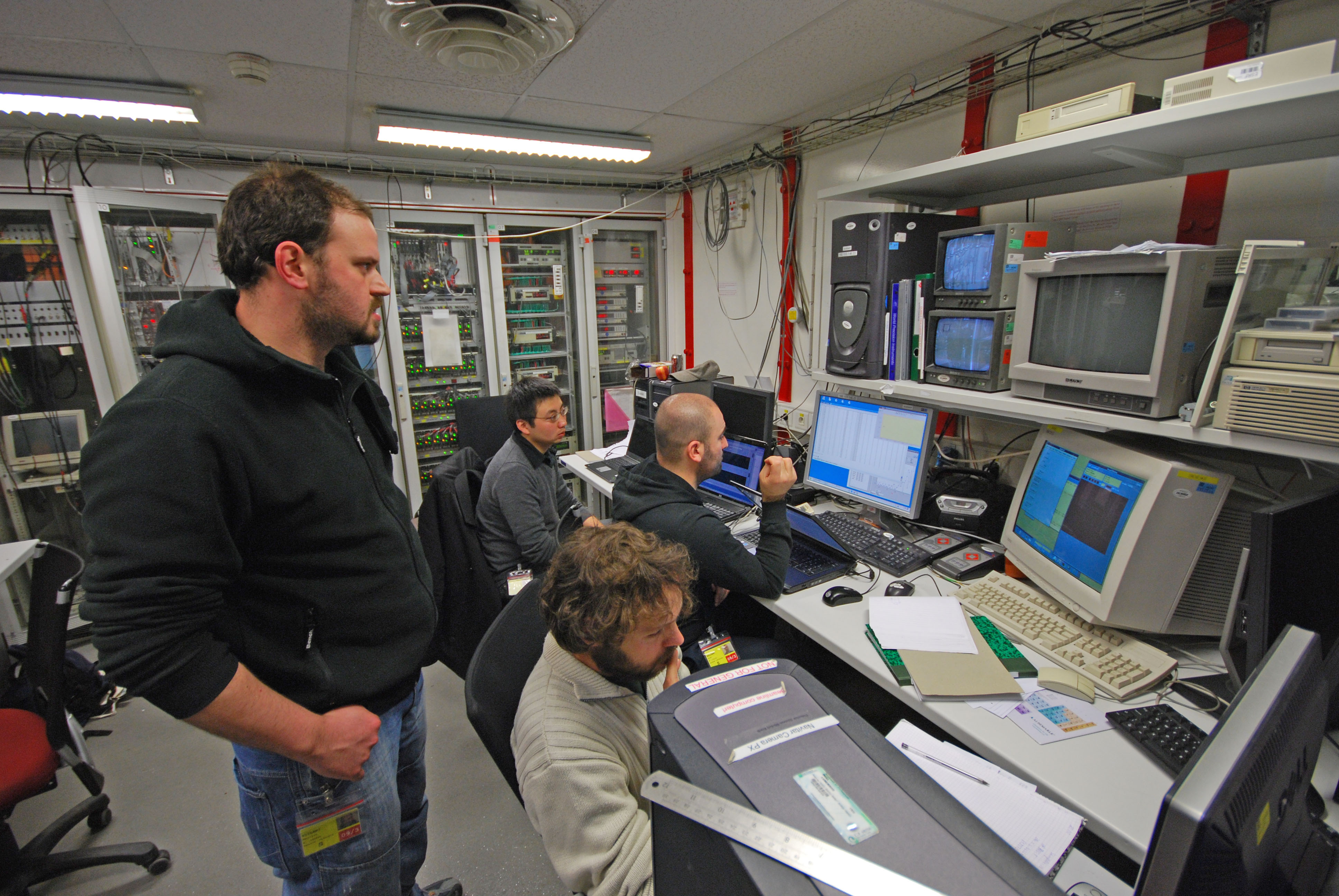 |
LDPE-film blowing
Annually, enough polymer film is made to wrap up the earth at least three times. Improving the quality of films would allow thinner films with the same performance characteristics as the older generation of film. This will lead to less environmental impact. That is the reason why on BM26B, in a collaboration between TU Eindhoven, the University of Genoa and DUBBLE staff, equipment for the making of garbage bags was set up.
Below, a series of pictures taken while preparing the experiment.
 Photo: ARTECHNIQUE and CHLOROPHYLLE |
 |
 |
 |
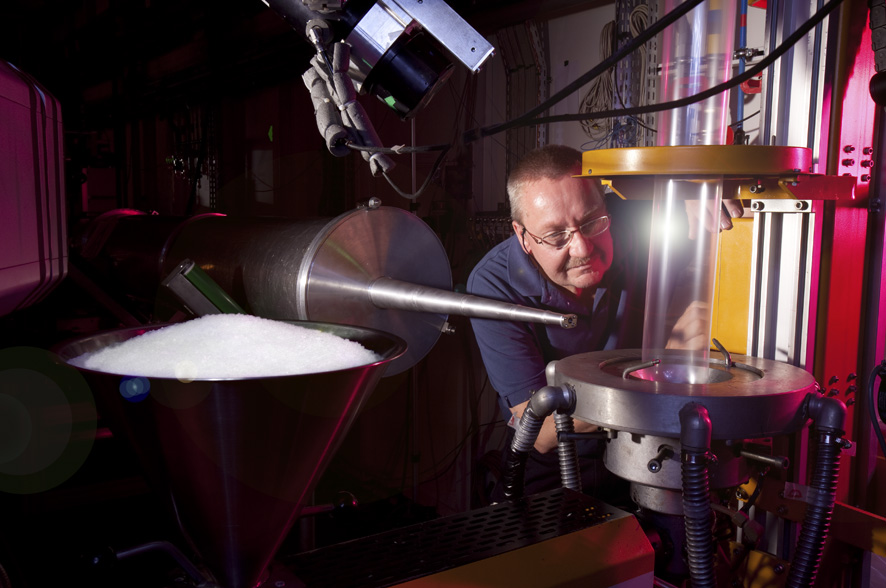 |
A short movie illustrates the equipment in use on the beam line. Lastly, the right-hand picture shows the large pile of plastic bags that were created during the experiment.
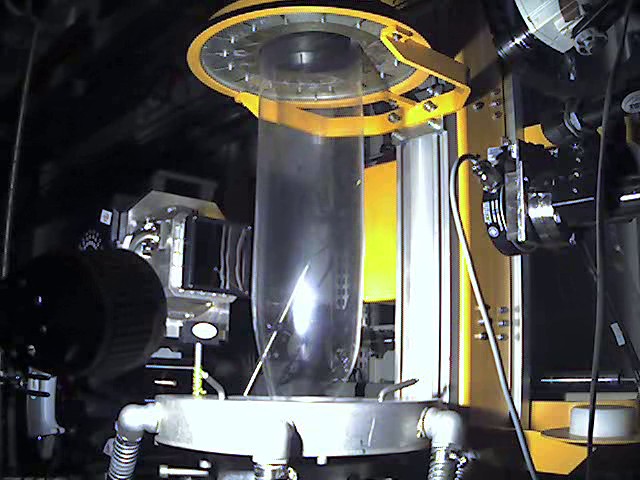 |
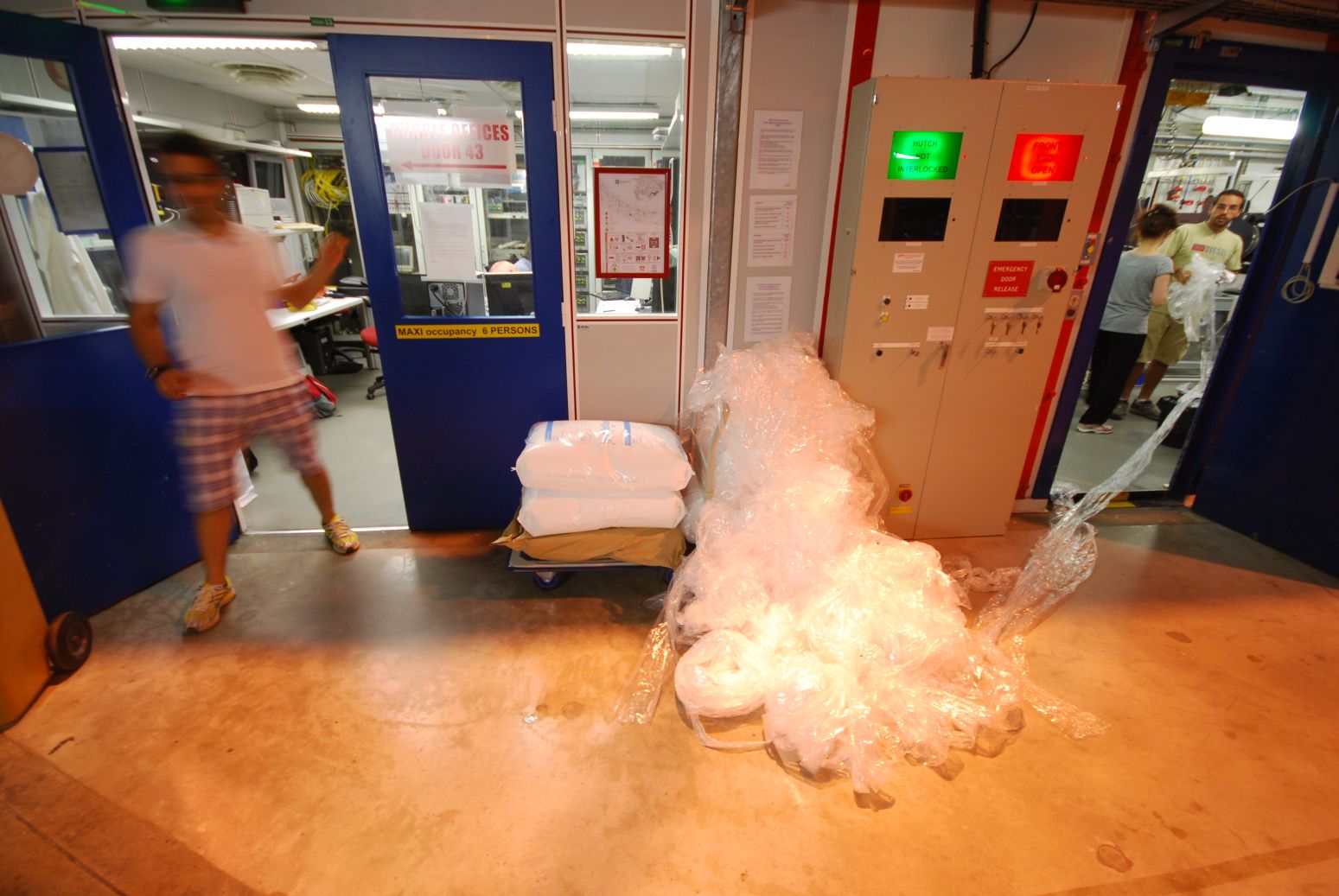 |
| Click here to get the video clip corresponding to the left-hand image. | |
Last but not least, click on the image below to have a virtual visit of the SAXS/WAXS beamline while the LDPE-film machine was prepared for use.
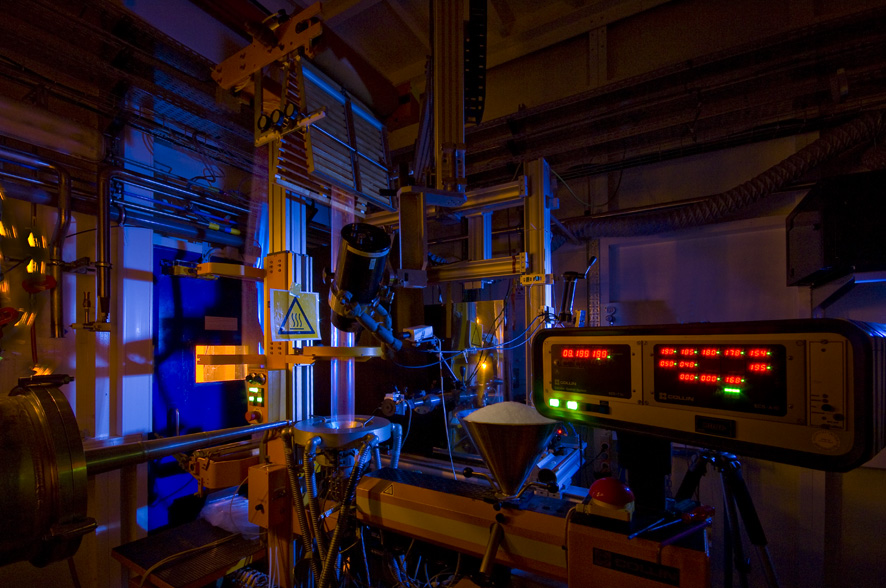 |
| Virtual visit by CHLOROPHYLLE |
Silkworms at DUBBLE
Several members of the Oxford Silk Group from the Department of Zoology, Oxford University came at DUBBLE to measure the response of silk proteins to applied shear. Tens of silkworms have been invited for this occasion.
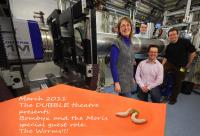 |
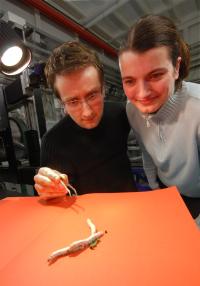 |
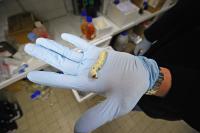 |
Films/Fibers stretching setup (WAXS)
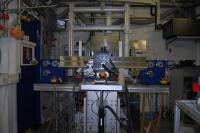
This setup makes it possible to investigate structural changes in-situ and thus distinguish between temperature-induced and strain-induced crystallization by precisely controlling the rotation speed of the rollers (1 to 400 rot/min) and the temperature (± 0.1 °C up to 200 °C).
